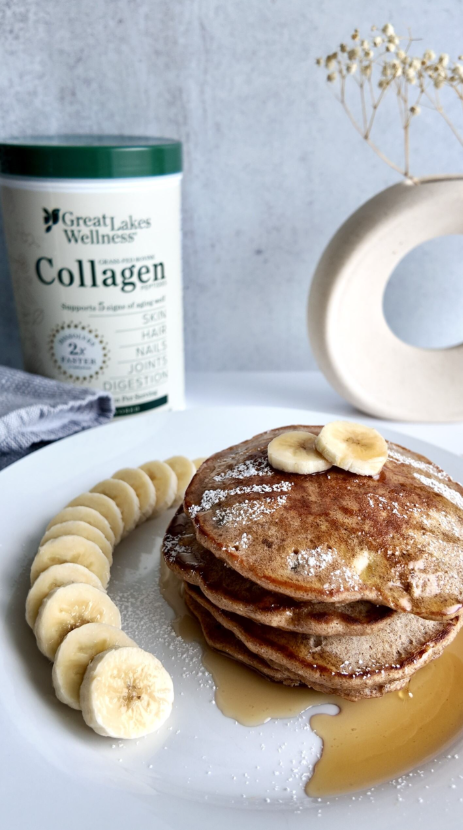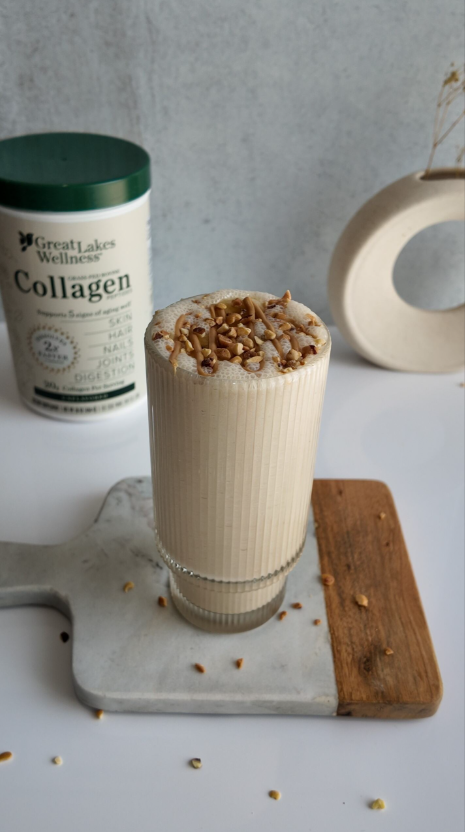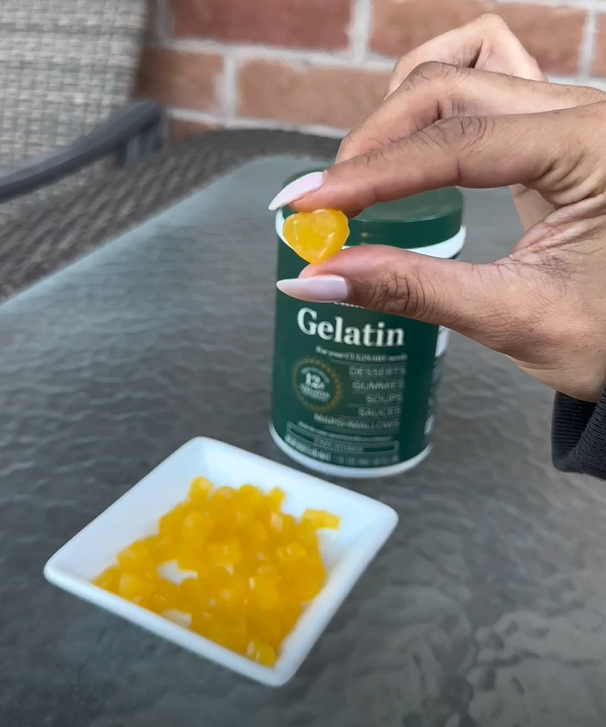12 Ways to Increase Your Intake of Fruits and Vegetables
Do you know why dietitians promote and encourage increased consumption of fruits and vegetables? Of course, we all hear how healthy fruits and vegetables are, but do you know why? Fruits and vegetables add color to your plate and a colorful plate will help you increase your intake of often overlooked and important nutrients they provide soluble and insoluble fibers, vitamins, minerals and antioxidants and are low in calories.

Why is this important?
Soluble fiber helps to lower bad cholesterol whereas insoluble fiber helps to keep the gastrointestinal tract moving and healthy.
Vitamins and minerals are essential nutrients needed by the body to function properly. They support growth, development, and staying healthy.
Antioxidants protect our cells from oxidation. Oxidation occurs with any chemical reaction in which a substance or cell loses one or more electrons, which in most cases causes damage to cells. An example of everyday oxidation is when a cut apple turns brown or when metal develops rust. When oxidation occurs inside the human body free radicals are formed. They attach to cells and cause damage to healthy functioning cells which may eventually cause illness and chronic diseases. Antioxidants help to improve the aging process, help to prevent chronic diseases, and promote and improve overall health and wellness.
Let’s get back to adding color to your plate. Adding colorful fresh produce to your plate is a great step towards improving your health. The different colors in fruits and vegetables provide different health benefits when consumed.

The nutrients in red fruits and vegetables help to protect your heart and brain function. They are packed with vitamin A, vitamin C, potassium, and antioxidants.
- Strawberries, guava, cherries, watermelon, tomatoes, beets, radishes, red cabbage
The nutrients in blue and purple fruits and vegetables are important for memory, helping to boost urinary tract health and helping to promote overall healthy aging. They are full of vitamin C and antioxidants too.
- Blueberries, purple grapes, plums, blackberries, figs, eggplant, purple cabbage
The nutrients in orange and yellow fruits and vegetables help to boost immunity and improve vision. These fruits and vegetables are bursting with vitamin A, vitamin C, potassium, and antioxidants.
- Peaches, pineapple, apricots, oranges, carrots, yellow and orange pepper, sweet potato
The nutrients in green fruits and vegetables help to maintain strong bones and teeth and maintain vision health. These fruits and vegetables are full of potassium and vitamin K as well as vitamin A, vitamin C, folate, and antioxidants.
- Kiwi, avocado, green apples, green grapes, spinach, green beans, cucumbers, zucchini

Here are 12 ways that can help you to increase your consumption of fruits and vegetables.
- Make a delicious smoothie with yogurt and a splash of low-fat milk, collagen hydrolysate, fresh or frozen pineapple, strawberries, and banana.
- Keep a bowl of fresh, colorful, and ripe fruit ready to eat on the kitchen counter. Fruit can be an easy and refreshing grab and go snack.
- Add lots of colorful vegetables to a dark green lettuce salad like carrots, yellow peppers, tomatoes, purple cabbage, and peapods.
- Make veggie kabobs packed with lots of nutrient-rich veggies like onions, mushrooms, zucchini, tomatoes, and orange pepper.
- Try using crunchy vegetables like carrots, red pepper, and cucumbers with low-fat dips instead of chips or try this delicious avocado toast with collagen hydrolysate recipe.
- Cut up vegetables and keep them in the refrigerator as an easy go-to snack or addition to a meal. Some favorite cut-up veggies I keep in our refrigerator are red, yellow or orange peppers, sugar snap peas, carrots, celery, and cucumbers.
- Have some fresh fruit for desserts like sweet cherries or juicy watermelon.
- Grill some fruit for dessert. Grill kabobs with peaches, banana, and pineapple on low heat until they are warm and golden.
- Make an omelet or scramble some eggs with lots of veggies like spinach, onion, tomato, peppers, and mushrooms. Sprinkle some low-fat cheese on top and add a slice of whole-grain toast to the plate and you have a well-balanced meal.
- Buy fresh produce that is in-season. Visit a local farmers market to purchase the most in-season produce. Also, check out the link to this website, it provides a wonderful guide to the seasonal fruits and vegetables by state and by the month. https://www.seasonalfoodguide.org
- Try using cauliflower rice instead of white or brown rice or make a combo and mix cauliflower and brown rice together. You can try a cauliflower crusted pizza or puree freshly steamed cauliflower to replace mashed potatoes. These options are lighter than our carb replacements, add a lot of fiber and give you an antioxidant punch.
- Make it a habit to start your day with a berry burst of antioxidants. Add berries to your oatmeal or cereal. Or have a bowl of cut up strawberries, blackberries, and blueberries with some low-fat Greek yogurt. Or you can grab a handful of berries from the fridge, rinse and eat them on your way out the door.

What you eat and put into your body makes a difference and can affect your overall health over the years. The nutrients in fruits and vegetables may help prevent chronic diseases as well as aid in the metabolic processes needed for development, growth, and wellness. Aim to eat 1 ½ to 2 cups of fruit and 2 to 2 ½ cups of vegetables a day. This will help you to meet the daily requirements of vitamins, minerals, and antioxidants necessary to maintain a healthy lifestyle.
References:
- Today’s Dietitian. https://www.todaysdietitian.com/newarchives/110308p34.shtml
- Mayo Clinic. http://www.winmedical.org/our-services/clinics/family-medicine/healthy-eating/the-importance-of-a-colorful-diet/
Disclaimer: The information provided is for informational purposes only and is not intended to diagnose or treat any medical conditions. Nor is it intended to replace the advice or diagnosis of a medical professional. Individual results may vary.








